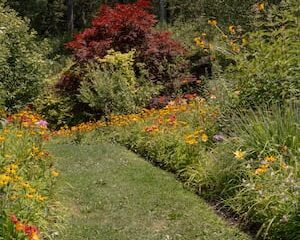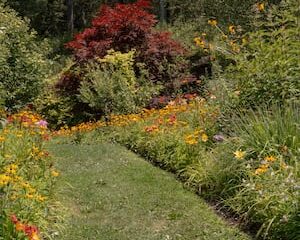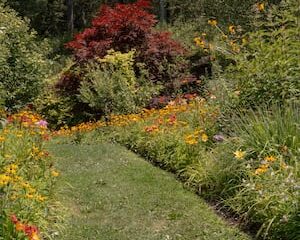Health
Cultivating Wellness: Transform Your Garden This Spring
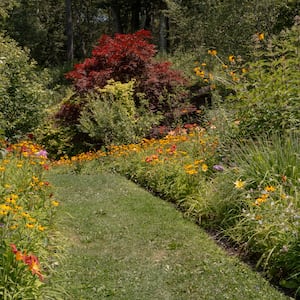
As spring approaches, gardening enthusiasts are discovering the health benefits of cultivating plants with medicinal properties. Experts in horticulture and herbalism emphasize that gardening not only fosters physical well-being but also contributes to mental health.
Research indicates that engaging in gardening activities, such as shoveling and weeding, can lead to lower rates of hypertension and heart disease. The exposure to fresh air and sunlight, combined with sensory interaction with nature, enhances mental well-being. According to Devon Young, a prominent herbalist and author of The Homegrown Herbal Apothecary, many are unaware of the medicinal potential found in common garden plants. “People are often surprised by how many plants have medicinal and therapeutic value,” Young stated.
Creating a Healing Space
Incorporating native plants into gardens can be both aesthetically pleasing and beneficial to the environment. Bridghe McCracken, founder of Helia Land Design in West Stockbridge, Massachusetts, advocates for using plants indigenous to one’s region. Native plants typically require less maintenance, including reduced watering and fertilization, while supporting local ecosystems. “When you’re working with native plants, you’re going to have a garden that is amazing for bees and pollinating butterflies,” McCracken explained.
Some of her recommended plants include purple angelica, Echinacea, and bee balm, known for its antiseptic properties. “Monarda punctata, in particular, is just gorgeous, with its colored bracts, and it stays in bloom for six to eight weeks,” she added. This approach not only enriches the garden’s beauty but also enhances human wellness through the plants’ therapeutic qualities.
Designing for Function and Aesthetics
Garden design often involves balancing aesthetic appeal with functional use. Ethan Dropkin, a designer at Larry Weaner Landscape Associates in Pennsylvania, emphasizes creating human-centric areas close to the home while allowing for a more naturalistic landscape in farther sections. His projects often feature native plants, such as purple Echinacea and yellow Rudbeckia, that serve both ecological and herbal medicinal purposes.
Dropkin also highlights the importance of including plants like yarrow, which can be applied topically for its antibacterial properties or infused into teas. “They’re also good for pollinators and act as a host plant for moths,” he noted.
Young further elaborates on the methods of preparing herbal remedies, noting that different plants require varied preservation techniques. “Anything with a fairly thin leaf or delicate flower can hang dry,” she explained. For more succulent varieties, she utilizes a dehydrator, while resinous plants necessitate a low-temperature oven.
Interest in wellness gardens extends beyond aesthetics; it often reflects a deeper connection to health and healing. Dara Saville, author of The Ecology of Herbal Medicine and founder of Albuquerque Herbalism, trains individuals to engage with plants for healing. Her gardening style, described as “feral,” allows plants to grow naturally and find their own space, promoting a holistic approach to wellness.
Saville’s favorite is yerba mansa, a plant native to US desert wetlands, known for its antimicrobial and anti-inflammatory properties. “It has gorgeous white flowers and is a really beautiful addition to the garden,” she shared.
The integration of wellness plants into everyday life is not just about health; it can also be an artistic endeavor. Mihalis Petrou, a landscape designer from New York City, has transformed urban spaces by showcasing native plants. After taking over an abandoned lot in Astoria, Queens, he cultivated over 400 species, which he used for various creative projects. “Instead of going to the flower market, I would head to my garden,” Petrou said, highlighting the connection between gardening and artistic expression.
As spring unfolds, the opportunity to cultivate a garden that promotes health and well-being beckons. By selecting native plants with medicinal properties, gardening enthusiasts can create beautiful spaces that not only enhance their surroundings but also foster personal wellness. As Young aptly noted, “Art is therapy and landscaping is art.”
-
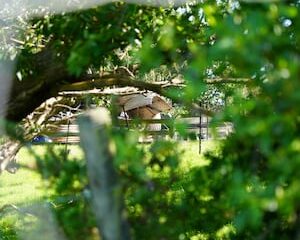
 World1 week ago
World1 week agoPrivate Funeral Held for Dean Field and His Three Children
-

 Top Stories2 weeks ago
Top Stories2 weeks agoFuneral Planned for Field Siblings After Tragic House Fire
-

 Sports3 months ago
Sports3 months agoNetball New Zealand Stands Down Dame Noeline Taurua for Series
-

 Entertainment3 months ago
Entertainment3 months agoTributes Pour In for Lachlan Rofe, Reality Star, Dead at 47
-

 Entertainment2 months ago
Entertainment2 months agoNew ‘Maverick’ Chaser Joins Beat the Chasers Season Finale
-

 Sports3 months ago
Sports3 months agoSilver Ferns Legend Laura Langman Criticizes Team’s Attitude
-

 Sports1 month ago
Sports1 month agoEli Katoa Rushed to Hospital After Sideline Incident During Match
-

 World2 weeks ago
World2 weeks agoInvestigation Underway in Tragic Sanson House Fire Involving Family
-

 Politics2 months ago
Politics2 months agoNetball NZ Calls for Respect Amid Dame Taurua’s Standoff
-

 Top Stories2 weeks ago
Top Stories2 weeks agoShock and Grief Follow Tragic Family Deaths in New Zealand
-

 Entertainment3 months ago
Entertainment3 months agoKhloe Kardashian Embraces Innovative Stem Cell Therapy in Mexico
-

 World4 months ago
World4 months agoPolice Arrest Multiple Individuals During Funeral for Zain Taikato-Fox

